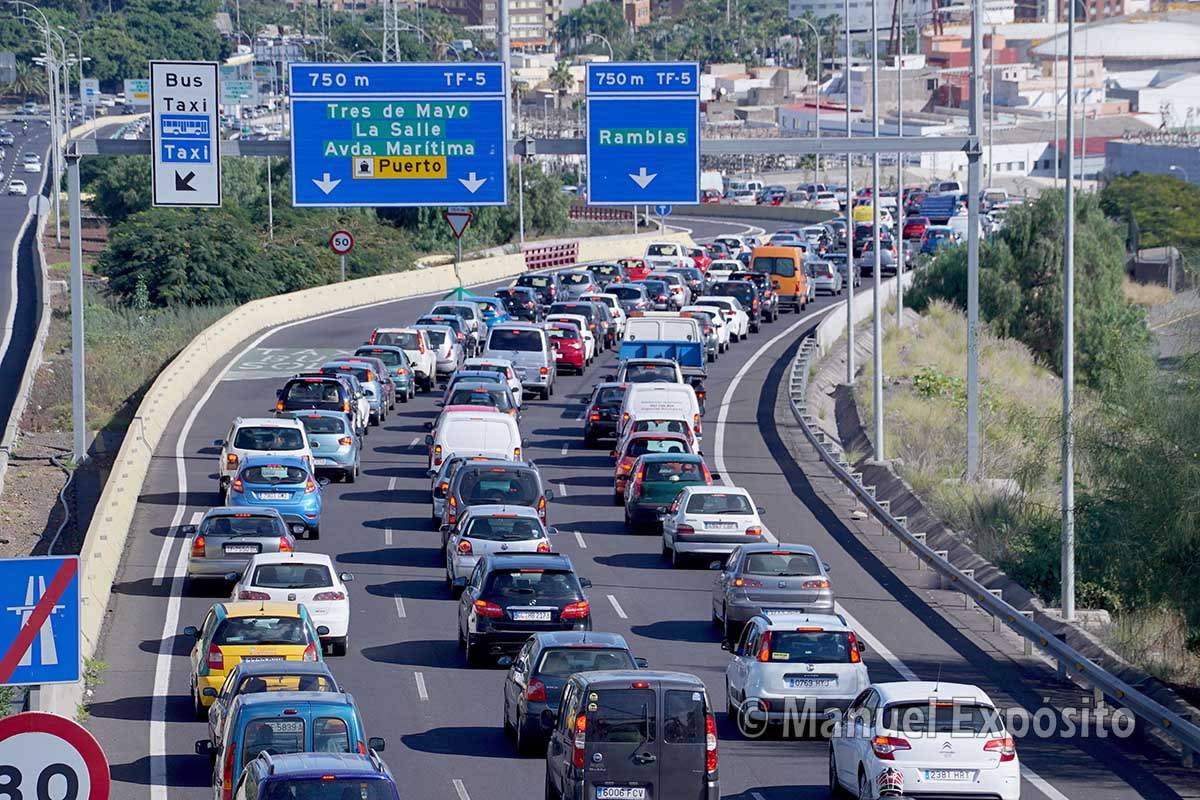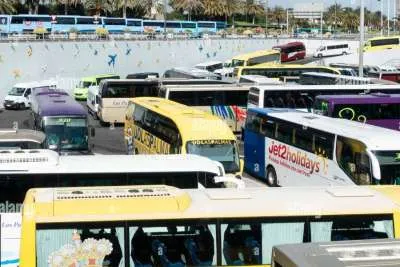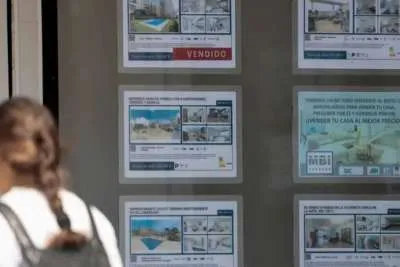DGT proposes minimum two people per car and daily charge for non-residents in congested areas
- 19-07-2025
- National
- Canarian Weekly
- Photo Credit: Cabildo de Tenerife
Spain’s Directorate-General for Traffic (DGT) has proposed a new set of traffic regulations aimed at reducing congestion in large cities and congested areas, inspired by similar mobility policies already implemented in parts of Europe and the Balearic Islands.
One of the key proposals under analysis is the requirement for a minimum of two occupants per car in cities. This initiative is based on High Occupancy Vehicle (HOV) lane models in countries such as France and Germany, and would encourage shared travel to help ease traffic volume in densely populated areas.
One Car Per Household and Daily Charges for Visitors
In addition to encouraging carpooling, the DGT is also reviewing a broader strategy that includes controversial ideas such as limiting households to just one registered vehicle and introducing a daily driving charge for non-residents using certain roads.
This daily fee model is already being tested in the Balearic Islands. In Formentera and Ibiza, non-resident drivers are required to pay €1 per day to use local roads, particularly during peak tourist season. These areas also have access restrictions, time-limited driving permissions, and entry controls to prevent overcrowding.
Mallorca is expected to be next in line, with more ambitious plans that could see charges ranging from €35 depending on the vehicle’s emission levels, similar to the environmental-based pricing seen in some European cities.
Vehicle Limits in the Balearics
A separate initiative, not directly overseen by the DGT but proposed by the Balearic regional government, aims to restrict each household to one vehicle registered for tax purposes. The plan is part of a broader effort to address the overwhelming number of daily vehicle movements, particularly from tourism-related traffic.
Exceptions would be made for emergency services, people with reduced mobility, and long-term residents. However, the proposed rule has sparked debate, with supporters highlighting the need for sustainable development, and critics raising concerns over personal freedom and logistics.
What It Means for the Canary Islands
Although these measures are currently focused on mainland cities and the Balearics, similar traffic and environmental concerns have been raised in the Canary Islands, especially during the high tourist season. It remains to be seen whether local governments in the Canaries will follow suit, but the DGT’s national-level proposals may eventually influence regional policies.
Tourists and residents alike are advised to keep an eye on future developments, as these potential rules could significantly change how private vehicles are used in urban and island environments across Spain.
Other articles that may interest you...
Trending
Most Read Articles

Featured Videos
A Vision of Elvis Tenerife Promo
- 10-05-2025
TEAs 2025 Highlights
- 17-11-2025

























































